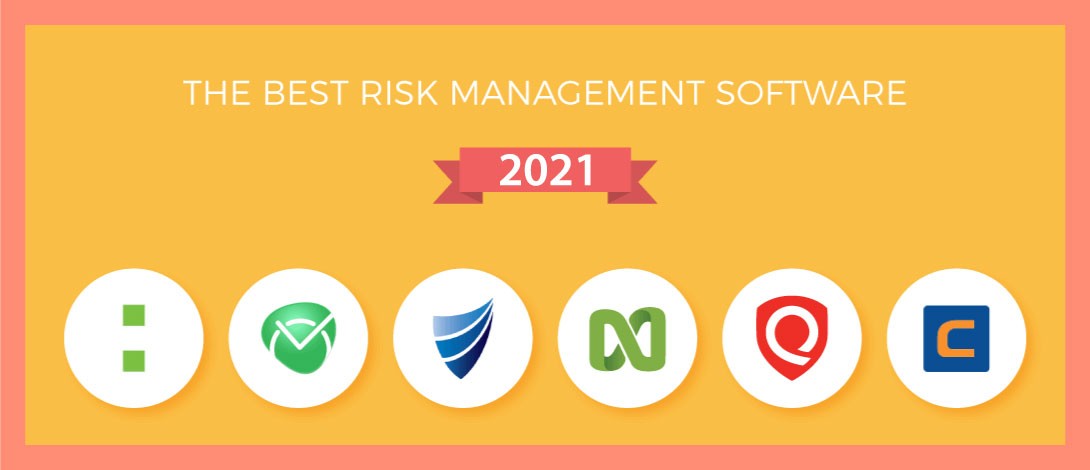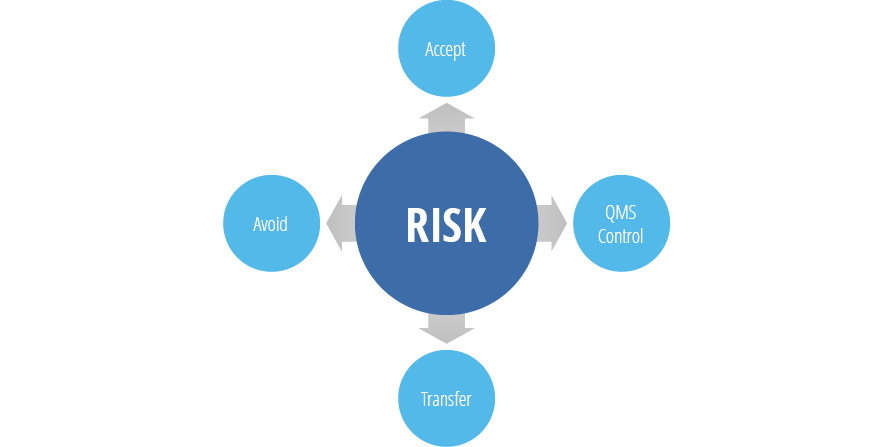Risk Management is the process of minimizing the risks in an organization. It starts with the identification and evaluation of risk followed by optimal use of resources to monitor and minimize the same. Risk Management: In the world of finance, risk management refers to the practice of identifying potential risks in advance, analyzing them and taking precautionary steps to reduce/curb the risk. Description: When an entity makes an investment decision, it exposes itself to a number of financial risks. The quantum of such risks depends on the. ISO 31000, Risk management – Guidelines, provides principles, a framework and a process for managing risk. It can be used by any organization regardless of its size, activity or sector. It can be used by any organization regardless of its size, activity or sector. Risk assessment provides information on potential health or ecological risks, and risk management is the action taken based on consideration of that and other information, as follows: Scientific factors provide the basis for the risk assessment, including information drawn from toxicology, chemistry, epidemiology, ecology, and statistics - to.
Literally speaking, risk management is the process of minimizing or mitigating the risk. It starts with the identification and evaluation of risk followed by optimal use of resources to monitor and minimize the same.
Risk generally results from uncertainty. In organizations this risk can come from uncertainty in the market place (demand, supply and Stock market), failure of projects, accidents, natural disasters etc. There are different tools to deal with the same depending upon the kind of risk.
Ideally in risk management, a risk prioritization process is followed in which those risks that pose the threat of great loss and have great probability of occurrence are dealt with first. Refer to table below:
| IMPACT | ACTIONS | ||
| SIGNIFICANT | Considerable Management Required | Must Manage and Monitor Risks | Extensive Management essential |
| MODERATE | Risk are bearable to certain extent | Management effort worthwhile | Management effort required |
| MINOR | Accept Risks | Accept but monitor Risks | Manage and Monitor Risks |
| LOW | MEDIUM | HIGH | |
| LIKELIHOOD | |||
The above chart can be used to strategize in various situations. The two factors that govern the action required are the probability of occurrence and the impact of the risk. For example a condition where the impact is minor and the probability of occurrence is low, it is better to accept the risk without any interventions. A condition where the likelihood is high and the impact is significant, extensive management is required. This is how a certain priority can be established in dealing with the risk.
Apart from this, typically most of the organizations follow a risk management cycle. Refer diagram below:
Risk Management Magazine
According to this cycle there are four steps in the process of risk management. The first step is the assessment of risk, followed by evaluation and management of the same. The last step is measuring the impact.
Risk identification can start at the base or the surface level, in the former case the source of problems is identified. We now have two things to deal with the source and the problem.
Risk Source: The source can be either internal or external to the system. External sources are beyond control whereas internal sources can be controlled to a certain extent. For example, the amount of rainfall, weather over an airport etc!
Problem: A problem at the surface level could be the threat of accident and casualty at the plant, a fire incident etc.
When any or both of the above two are known beforehand, certain steps can be taken to deal with the same.
After the risk/s has been identified then it/they must be assessed on the potential of criticality. Here we arrive upon risk prioritization. In generic terms ‘likelihood of occurrence × impact’ is equal to risk.
This is followed by development of a risk management plan and implementation of the same. It comprises of the effective security controls and control mechanisms for mitigation of risk.
A more challenging risk to organizational effectiveness is the risk that is present but cannot be identified. For example a perpetual inefficiency in the production process accumulates over a certain period of time and translates into operational risk.
| Next Article ❯ |
Authorship/Referencing - About the Author(s)
Steps of the Risk Management Process
- Identify the risk
- Analyze the risk
- Prioritize the risk
- Treat the risk
- Monitor the risk
With any new project comes new risks lying in wait. While your organization can’t entirely avoid risk, you can anticipate and mitigate risks through an established risk management process. Follow these risk management steps to streamline your team for success, making the team more agile and responsive when risks do arise.
What is the risk management process?
It's simply that: an ongoing process of identifying, treating, and then managing risks. Taking the time to set up and implement a risk management process is like setting up a fire alarm––you hope it never goes off, but you’re willing to deal with the minor inconvenience upfront in exchange for protection down the road.
Identifying and tracking risks that might arise in a project offers significant benefits, including:
- More efficient resource planning by making previously unforeseen costs visible
- Better tracking of project costs and more accurate estimates of return on investment
- Increased awareness of legal requirements
- Better prevention of physical injuries and illnesses
- Flexibility, rather than panic, when changes or challenges do arise
Risk Management Steps
Follow these risk management steps to improve your risk management process.
1. Identify the risk
Anticipating possible pitfalls of a project doesn't have to feel like gloom and doom for your organization. Quite the opposite. Identifying risks is a positive experience that your whole team can take part in and learn from.
Leverage the collective knowledge and experience of your entire team. Ask everyone to identify risks they've either experienced before or may have additional insight about. This process fosters communication and encourages cross-functional learning.

Use a risk breakdown structure to list out potential risks in a project and organize them according to level of detail, with the most high-level risks at the top and more granular risks at the bottom. This visual will help you and your team anticipate where risks might emerge when creating tasks for a project.
Once you and your team have compiled possible issues, create a project risk log for clear, concise tracking and monitoring of risks throughout a project.
A project risk log, also referred to as a project risk register, is an integral part of any effective risk management process. As an ongoing database of each project’s potential risks, it not only helps you manage current risks but serves as a reference point on past projects as well. By outlining your risk register with the proper data points, you and your team can quickly and correctly identify and assess possible threats to any project.
2. Analyze the risk

Once your team identifies possible problems, it's time to dig a little deeper. How likely are these risks to occur? And if they do occur, what will the ramifications be?
During this step, your team will estimate the probability and fallout of each risk to decide where to focus first. Factors such as potential financial loss to the organization, time lost, and severity of impact all play a part in accurately analyzing each risk. By putting each risk under the microscope, you’ll also uncover any common issues across a project and further refine the risk management process for future projects.
Ready to improve your systems and reduce failures through FMEA risk analysis?

3. Prioritize the risk
Now prioritization begins. Rank each risk by factoring in both its likelihood of happening and its potential effect on the project.
This step gives you a holistic view of the project at hand and pinpoints where the team's focus should lie. Most importantly, it’ll help you identify workable solutions for each risk. This way, the project itself is not interrupted or delayed in significant ways during the treatment stage.
4. Treat the risk
Once the worst risks come to light, dispatch your treatment plan. While you can’t anticipate every risk, the previous steps of your risk management process should have you set up for success. Starting with the highest priority risk first, task your team with either solving or at least mitigating the risk so that it’s no longer a threat to the project.

Effectively treating and mitigating the risk also means using your team's resources efficiently without derailing the project in the meantime. As time goes on and you build a larger database of past projects and their risk logs, you can anticipate possible risks for a more proactive rather than reactive approach for more effective treatment.
5. Monitor the risk
Clear communication among your team and stakeholders is essential when it comes to ongoing monitoring of potential threats. And while it may feel like you're herding cats sometimes, with your risk management process and its corresponding project risk register in place, keeping tabs on those moving targets becomes anything but risky business.
Risk Management Jobs
Try one of the templates above to start your risk management process.
Risk Management In Healthcare
Be better prepared and implement a complete risk management strategy.
